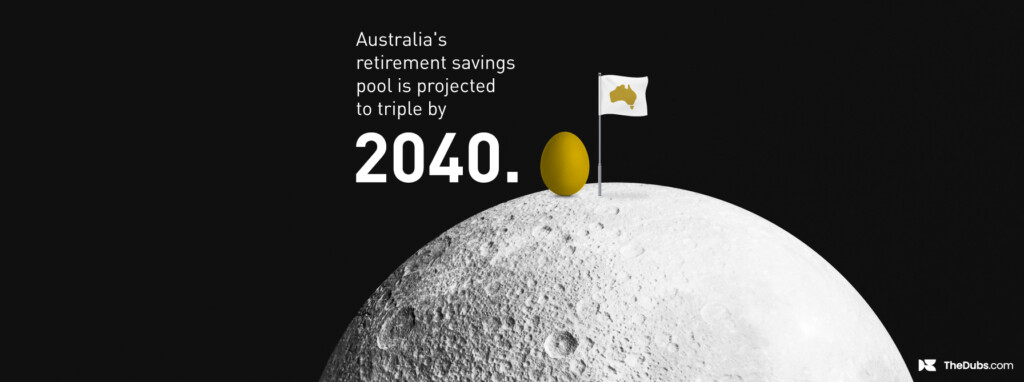COVID-19 has been a catalyst for millennial investors to take stock of their finances and as a result, interest in investing, particularly via investment apps, has risen to new levels. The results from a 2020 survey by Wealthfront found that rather than retreating to safer shores, 46% of younger Americans were more attracted to investing in this current climate of volatility, naming it as their number one priority. A highly engaged and industrious audience that’s keen to invest, it’s time for financial marketers to take note of the next generation and the messages they have in place to appeal to these younger investors.
A stepping stone to millennial investing
Millennials have different spending priorities to generations before them. Characteristically sage spenders, millennials across the globe are now looking at ways to make their money work harder for them. Beyond just a competitive rate, millennials are looking to tech-led platforms that make investing more accessible by ditching the jargon and offer a streamlined, mobile-first customer experience. Micro-investing platforms like Wombat, Spaceship Voyager, and Plum have given this younger audience the opportunity to engage with the markets, making them more financially independent and confident in growing their money. By democratising investing and making it accessible to the masses, these platforms are fuelling the millennial FIRE movement to get Financial Independence and Retire Early. Built on the bahviours of extreme saving, increased investment and savvy spending, it’s a movement that financial marketers would be wise to watch.
Micro-investing platforms have given this younger audience the opportunity to engage with the markets, making them more financially independent and confident in growing their money.
It’s not a globally level playing field
The Australian Financial Review reported that ‘young investors are giving the online broking market a leg-up as they embrace new micro-investing platform offerings from the likes of Raiz and Spaceship Voyager’. However, the same can’t be said for their cousins across the pond. According to the global funds network, Calastone, just 25% of millennials in some European countries have any interest in finance and investing, versus nearly 50% in the US. It’s a different story in the east, with more millennials in Hong Kong investing compared to anywhere else in the world. BlackRock reports that while millennials in Hong Kong are actively investing, the majority still find the process confusing and alienating. Financial marketers have a vital role to play in capturing and connecting this audience with the learnings and failings of investment savvy regions across the globe.
Millennials in the market for education
According to BlackRock, the number one reason given by millennials for not moving out of cash and into investments is a lack of knowledge and understanding. New investors are a captive audience that finance brands can capture with the right content. In an industry that’s tarred with mistrust, financial marketers have an opportunity to produce content that’s transparent and informative, and that will both address this stigma and help investors better understand the market.
Australian micro-investment platforms, Raiz and Spaceship Voyager are addressing the financial and investment literacy of their target millennial audience through content programs centered around educational research and insights. Far from a boring academic read, Spaceship has taken a clever approach to traditionally dry superannuation content. Other finance brands could look to build on this financial literacy for millennial investors, as micro-investing becomes the gateway to building a more comprehensive investment portfolio.
What motivates millennial investors?
Investors don’t want to put all of their eggs in one basket and this is definitely true for the millennials chomping at the bit to enter the investment market. But finance brands need to be aware that beyond diversification, this group wants to invest a little differently, motivated by brands and products that align with their values and beliefs. Earlier this year, the world’s largest asset manager BlackRock responded to this sentiment, announcing plans that put climate change at the centre of its investment approach. But far from driving the conversation, the actions of BlackRock are simply stepping up to global investor demand, putting any finance brands that aren’t catering for value-led investors behind the ball.
Demonstrating a clear interest in investing and a preference for the simplified digital experience offered by micro-investing apps, the missing piece for millennial investors is the confidence that comes from financial education. If finance brands can deliver on all three of these, capturing millennials when they’re just starting out will ultimately deliver loyal and high-value customers in the long-term.
For help capturing this audience at the outset of their investment journey, get in touch.









